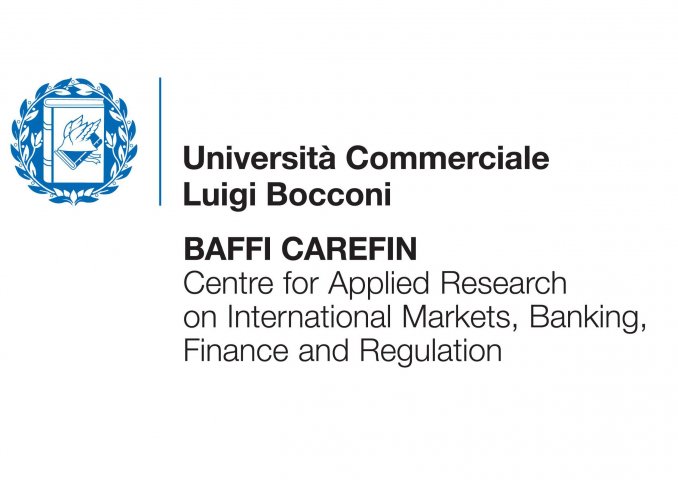

Webex
15:00-16:30 CET

The huge additional macroeconomic stimulus required in response to the COVID-19 pandemic – in a situation of close to zero (or even negative) nominal interest rates and high and rising public debt to GDP ratios – has highlighted the issue of the relative effectiveness and scope, as well the optimal coordination and interaction between monetary and fiscal policies. Is fiscal policy the main new game in town? How much scope does monetary policy have left? Is a coordinated approach of fiscal spending in combination with yield compression through central bank sovereign debt purchases a lasting solution? Do low interest rates create the scope for permanently higher public debt ratios without endangering fiscal sustainability and financial stability? What if bond markets reassessed the inflation outlook and/or sovereign debt sustainability? What if central bank had to tighten monetary policy, implying higher short and long-term nominal yields? Could fiscal sustainability concerns hamper central banks’ pursuit of price stability, creating a situation of “fiscal dominance”? How to regain, post-COVID, fiscal and monetary policy space, while avoiding premature tightening, on the one hand, and risks of moral hazard (reform fatigue) and for financial stability (fiscal sustainability), on the other? Legal and institutional considerations aside, what to think, from an analytical-economic perspective, of proposals for central banks to cancel their sovereign debt holdings? Would they make a difference, what might be the consequences and side effects? This webinar brings together eminent academic researchers and policy makers to discuss these issues in a non-technical, yet analytical and synthetic way.
Fiscal and Monetary Policy Interactions
Niels Thygesen, European Fiscal Board I SUERF Honorary Member